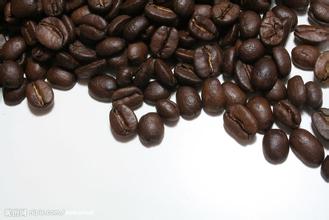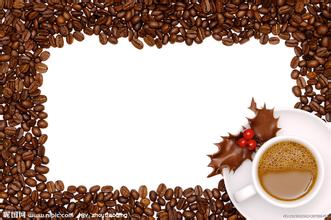What are the varieties of coffee beans?
Water washing method-increase fruit acid spirit:
Water washing is the most popular treatment method at present, and it is used in almost all Central and South America except Brazil. The color of the washed beans is blue and green, the appearance of the beans is neat and the pulse is good, and the coffee quality is the highest. Generally speaking, the sour flavor and bright feeling of washed beans are better, and the flavor is clean and free of miscellaneous flavor, which is the most commonly used treatment of fine coffee, but the cost is not small. On average, it takes 2-10 liters of clean water to wash 1 kilogram of coffee fruit, while 1 kilogram of coffee fruit can only take 200 grams of coffee beans. It is difficult for water-scarce areas to bear such a water-consuming method.
Washing is the most technical way to pick up beans, and the quality of coffee is ensured through multiple sieving procedures. First move the red fruit and half-green and half-red fruit that have sunk into the sink into a large or medium-sized pulp screening machine (PulpingMachines). It is cleverly designed to mechanically press the fruit into a sieve hole, which is exactly the size of the pod (both sheepskin-wrapped coffee beans) to filter out the flesh outside the pod-using unripe fruit to be harder. Pods are not easy to squeeze out, but mature fruits are soft, and pods are easily squeezed out to ward off unripe beans and filter out the sweetest pods, so the setting of machine thrust is very important. too much force will squeeze out hard and astringent unripe beans, damaging the quality of fine beans. The general push force is set to allow 3% of red fruit pods to be squeezed into the sieve hole to ensure that all stiff green fruits are removed.
After taking out the sticky pods of the red fruit, move them into a large sink, followed by the most important washing and fermentation to remove pectin shavings from the pods. This sticky material is not easy to wash away with water, so it is necessary to hydrolyze the pectin with all kinds of bacteria in the tank, decompose the pectin and wash the pods in the tank to accelerate the pectin to break away from the pods. The fermentation process takes about 16 to 36 hours, depending on temperature and humidity, when malic acid is naturally produced in the tank. Citric acid. Acetic acid. Lactic acid and propionic acid. Interestingly, the raw bean itself contains almost no acetic acid, but the fermentation process of washing treatment can increase the acetic acid concentration of the bean, which is beneficial to the flavor of coffee. Not only can these acids inhibit mold parasitism, some acid elves will also be mixed into beans (which is why washed beans taste so sour), but samples must be taken at any time to see if the sticky pectin on the pods is clean, and then decide whether to stop fermentation and take out clean pods. Once 36Murray is more than 72 hours, it may be over-fermented, producing too much fatty acid and butynic acid and giving off a stench, and beans mixed with too much acid will make the coffee too sour and Chongqing is a bad bean.

Important Notice :
前街咖啡 FrontStreet Coffee has moved to new addredd:
FrontStreet Coffee Address: 315,Donghua East Road,GuangZhou
Tel:020 38364473
- Prev

Taste characteristics of coffee beans Coffee Origin Coffee treatment method
The origin of the taste of coffee the taste of coffee varies according to different varieties of coffee, so the process of natural sun treatment is the simplest. The fruit begins the process of sun drying without treatment after picking. This is the oldest method of treatment in existence. This method is still used in places such as Ethiopia and Brazil. Natural solarization in the scarcity of water resources
- Next

How to distinguish the defective beans from coffee beans
The coffee bean itself is a small, light green bean that turns black by roasting what should be a light turquoise bean. Immature beans are over-fermented in the process of refining, resulting in microbial infection, mixed taste, sour smell, mildew smell, drug flavor (phenolic henoic), etc., which may contain biotoxins. Sour beans / local sour beans: raw beans appear yellow and yellow brown
Related
- Does Rose Summer choose Blue, Green or Red? Detailed explanation of Rose Summer Coffee plots and Classification in Panamanian Jade Manor
- What is the difference between the origin, producing area, processing plant, cooperative and manor of coffee beans?
- How fine does the espresso powder fit? how to grind the espresso?
- Sca coffee roasting degree color card coffee roasting degree 8 roasting color values what do you mean?
- The practice of lattes: how to make lattes at home
- Introduction to Indonesian Fine Coffee beans-- Java Coffee producing area of Indonesian Arabica Coffee
- How much will the flavor of light and medium roasted rose summer be expressed? What baking level is rose summer suitable for?
- Introduction to the characteristics of washing, sun-drying or wet-planing coffee commonly used in Mantenin, Indonesia
- Price characteristics of Arabica Coffee Bean Starbucks introduction to Manning Coffee Bean Taste producing area Variety Manor
- What is the authentic Yega flavor? What are the flavor characteristics of the really excellent Yejasuffi coffee beans?

